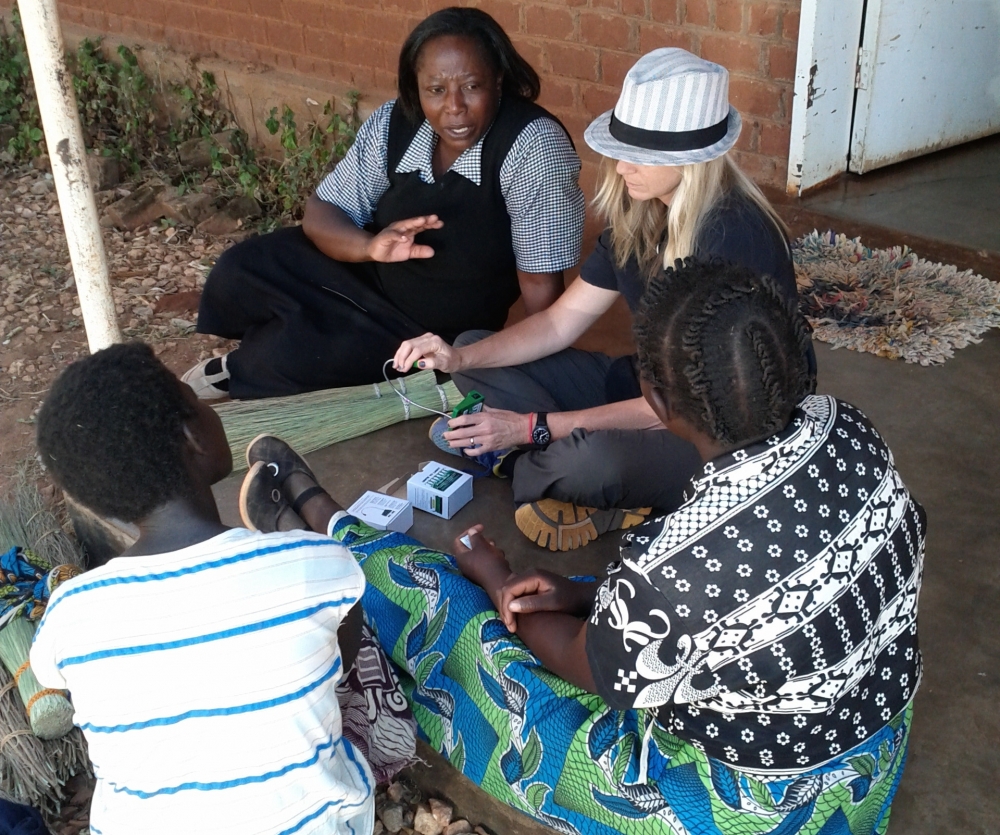
Smartphones, Social Media and the Information Superhighway
Years before smartphones and social media dominated pop culture, two UC Santa Barbara professors seemingly divined the explosive future of the information superhighway and then acted on it in a monumental way.
They founded UCSB’s Center for Information Technology and Society (CITS) a decade and a half ago to explore an ever-changing and unwieldy topic: how information technologies are changing the world.
The two academics hailed from different fields: Bruce Bimber taught political science, Kevin Almeroth computer science. They still do. Their collaboration is particularly fitting given that an interdisciplinary approach is a hallmark of the research center. Both founding scholars also remain affiliated with the center, which is celebrating its 15th year.
“They were really ahead of the curve, astute forward thinkers who could see how these emerging technologies were going to have huge repercussions for the way our society is organized,” said Lisa Parks, professor of film and media studies and the center’s current director.
“We bring people together to think about how information technologies — computers, mobile phones, satellites, social media and even the Google Glass — are impacting the way we live, work, solve problems and govern ourselves,” she said.
Research at CITS is currently driven by 44 faculty members from more than a dozen departments across campus that include the expected (computer science, communication, electrical engineering) and the potentially surprising (art, English, sociology).
“One of our sources of pride is how genuinely multidisciplinary we are,” said Parks. “We’ll have a geographer working with an artist and a psychologist at the same time. They are pieces of a puzzle that fit together to investigate big research questions related to technology and society.”
For a project examining Internet freedom across three countries — Zambia, Turkey and Mongolia — scholars from the computer science, communications and film and media studies departments have teamed up.
Funded by a grant from the U.S. State Department, they are studying whether people in those countries can talk freely online and use social media without reprisal. Researchers plan to share their findings with organizations that fight repression around the world.
Another project is attempting to bring affordable Internet access to rural communities in Southern Africa “in a way that is sustainable and scaled to local capacities,” said Parks, who is leading the effort with Elizabeth Belding, a UCSB professor of computer science and the center’s associate director.
“People there make less than a dollar a day and don’t have access to electricity,” Parks explained. “Many have mobile phones and can receive incoming calls but can’t afford talk time. We’ve been partnering with that community in an effort to improve their connectivity.”
Parks has traveled to Zambia with graduate students several times to do field work to evaluate the community’s needs and interests. They shared their information with computer scientists charged with developing the network. One tangible result of the 3-year-old endeavor: Belding’s team has developed a free experimental local mobile phone network called VillageCell that has been piloted within the community of Macha, Zambia. The project is funded by a $1.2 million grant from the National Science Foundation.
Through public lectures and programs — more than two-dozen in the past two years — the center shares its research with the campus and wider community. Topics have included the relationship among the mind, brain and virtual reality; the history of air war and drones; and the digital divide, the gulf between those who have easy access to computers and those who do not.
The center also supports an optional Ph.D. emphasis in technology and society that is available to students enrolled in participating academic departments in engineering, social sciences and the humanities. “We’ve placed several of our graduates in really good positions at prestigious research institutions,” Parks said.
When asked how often the center’s projects effect real change in the world, Parks paused before answering. “Every single day,” she said, “in the sense that we are all teaching in the classroom, encouraging new generations of students to think about how our technologies shape our world.”



